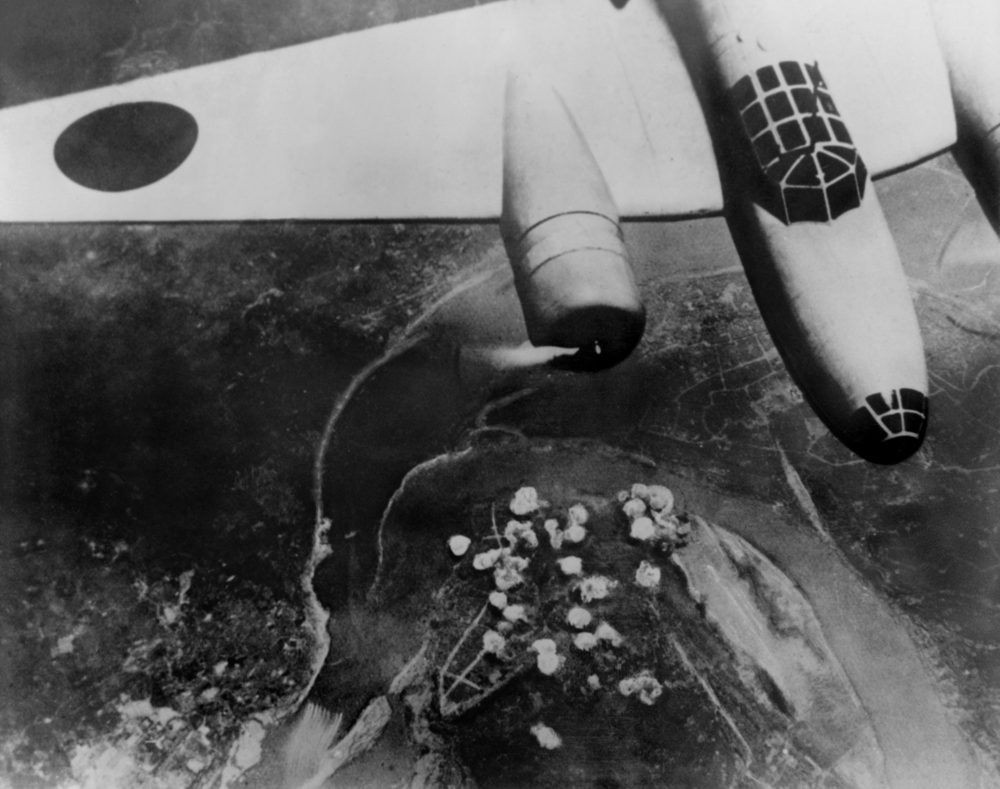Boy or girl. Man or woman…we’ve all wanted to live in one of these fairy tale castles at some point in our lives!
Castles have become a staple of world history. As time went by, so did humanity’s pursuit of settled lands rather than nomadic trails. And those occupied lands required defenses. The earliest parts were built as fortresses to protect an area against invading armies.
As the nature of the conflict between the populated areas of the world altered and as weapons advanced, those defenses also changed. Castles, as we know them now, often have a medieval fairytale aesthetic.
The concept of “castle” has entered our consciousness, building on the ancient roots of fortified civilizations through the ages and carrying an emotional resonance that is impossible to ignore.
All of the castles on our list have received extensive repair work throughout the times, and most are open to the public as tourist attractions. Continue reading to see some of the oldest structures standing today!

Castillo de San Marcos, Florida
We wanted to start our list in our own backyard. The oldest masonry fort in the continental US, the Castillo de San Marcos, is an enormous Spanish stone fortress constructed to shield Spain’s claims in the “New World.”
It happens to be a National Monument and, at more than 315 years old, it’s the oldest construction in St. Augustine.
There are a ton of things to see and do here, from the multiple rooms that once harbored soldiers and prisoners to the large interior enclosure and gun deck, which offers a fantastic view of the city.
Regular daily programs and ranger-led tours are free with admission, and there are also cannon firings and weaponry demonstrations on select days and times.
Taoping Qiang Village, Li County, China
As one of the most interesting fortified dwellings in this part of Asia, the Qiang building dates back to the 1st century BC.
Its style heavily relied on stone, resulting in structures that could last a long time and proved of interest to various military leaders interested in secure positions.
Initially, these fortress villages were composed of between 30 and 100 households and would be bunched up together in a small geographic region.
The design construction is a unique and aesthetic combination of stone layering, featuring numerous stories, with the buildings often connected by a system of tunnel-like passages that helped secure the households and provide further defense.
Killyleagh Castle, Northern Ireland
Since the year 1625, Killyleagh Castle has been the home of James Hamilton and his family. In 1666, his son, Henry Hamilton, rebuilt the castle, adding another tower and building the long fortified wall in front of the court.
His is the palace that you see today. In fact, nowadays, the castle is the main attraction in the small village of Killyleagh, and you can discover it in the northern part of Ireland.
The oldest parts of the castle date back to 1180, which is believed to be the oldest courtin the country.
King James the first, gave the land the palace sits on to James Hamilton, who later became the 1st Viscount Claneboye, which is when he built a single-towered castle and the courtyard walls.
Alcazar of Segovia, Spain
The Segovia Fortress is a medieval castle located in the city of Segovia, Castile, and León and is a World Heritage Site by UNESCO.
Ascending out on a rocky crag above the junction of two rivers near the Guadarrama mountains, it’s among the most unique castles in Spain by its shape, resembling the bow of a ship.
It was originally built to act as a fortress but, throughout time, has served as a royal palace, a Royal Artillery College, a state prison, and a military academy. It’s currently being used as a museum and a military archives building.
The Berber Almoravid dynasty constructed the Alcázar. The first reference to this palace was sometime in 1120, around 32 years after the city of Segovia was captured by Christian Spaniards when King Alfonso VI reconquered lands to the south of the Duero river to Toledo and beyond.
Before Alfonso VIII’s control, the Muslim era structure was no more than a wooden fort built over the old Roman foundations. Alfonso VIII and his wife, Eleanor of England, made this alcázar their primary residence.
A lot of workforces were carried out to erect the beginnings of the stone fortification we see today.

Rochester Castle, Kent, South East England
Rochester Castle was built sometime in the late 1080s after William II asked Gundulf, Bishop of Rochester, to create a stone castle in Rochester so he could take control of a vital river crossing.
This stone castle is one of the most premature built in England because many of the country’s early courts were initially made of motte and bailey.
In 1127, the Archbishop of Canterbury began building the castle’s excellent keep, one of the best preserved in England or France and the tallest such building to survive in Europe.
The palace was repaired during the 19th and 20th centuries and today is open to the public under the guardianship of English Heritage.
Edinburgh Castle, Scotland
This castle is one of the most well-known in all of Europe and a massive tourist draw. Iron Age settlers lived in Castle Rock, where the palace now lays. It served as a settlement and hill fort for the Celtic Briton people and possibly later for Scottish tribes.
Then, in the Welsh poem “Y Gododdin,” a reference to the “stronghold of Eidyn” materializes, commonly referred to Castle Rock, and suggests that some fortification happened there during this time.
Over the next few centuries, Edinburgh Castle would play a significant role in Scotland’s history, including its resistance to English invasion and the Wars of Scottish Independence.
The final military battles involving the castle transpired in 1745 during the second Jacobite rise. Edinburgh Castle even served as a prison, with its vaults transformed to keep prisoners from several wars, including the American War of Independence.
It also had prisoners during both World Wars.
Hohensalzburg Castle, Salzburg, Austria
The initial fortress of Hohensalzbug Castle was created in 1077 by Gebhard I of Helffenstein, the archbishop at the time. Even though Archbishop Gebhard was forced into exile, his heirs completed the fortress.
During the command of the Holy Roman Empire, the archbishops of Salzburg continued to develop the palace to protect their power and interests. Around the 1500 period, Archbishop Leonard von Keutschach finished the fortress into what it looks like today.
Interestingly, although the castle was constructed as a fortress, it only came under siege once during the German Peasants’ War in 1525. The castle was renovated during the late 19th century and has remained a popular tourist attraction ever since.

Mamure Castle, Mersin Province, Turkey
Built upon the remnants of the Roman city of Ryg Monai, this castle is one of the country’s most significant and best-protected structures, with parts of the modern castle being initially built on the ruins of the ancient Roman castle that once overpowered the land.
Sometime in the 11th century CE, the Armenian Kingdom of Cilicia reconstructed the fortification to safeguard against pirates, and the Byzantine Empire would later sustain it. When Turkish forces seized the palace in 1221, they restored it and grew its fortifications.
Several times throughout the centuries, the palace was attacked, conquered, and reconstructed until, during the rule of the Ottoman Empire, it was revised further and maintained consistently, even used for a time as a caravanserai.
While there are many more ancient and magnificent castles in the world to visit, we hope you enjoyed reading about a few of our favorites. And no matter which you choose to visit, don’t forget to bring your camera along to capture the moments!
Meanwhile, we’ve got many more interesting articles for you to read, including this one: Top 6 Most Important Civil War Sites in the US





